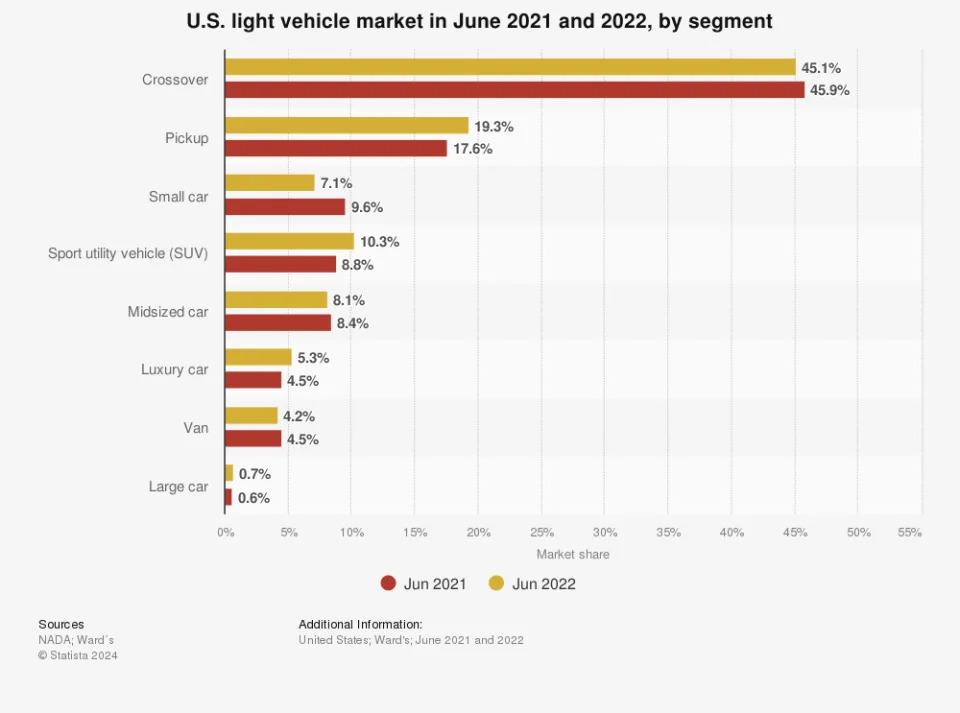Since 1981, Federal Reserve bankers, business leaders, noted academics, and government officials have gathered each August for a three-day symposium in Jackson Hole, Wyo., to discuss critical issues facing the global economy and financial markets—while also doing a bit of fly-fishing and horseback riding.
Fed Chair Jerome Powell’s annual speech is always closely watched. In recent years, with the Fed battling inflation, the spotlight on the symposium has only become brighter. Powell’s Jackson Hole comments have come to serve as a form of inter-meeting guidance for investors, a preview of future Fed policy that can move markets dramatically.
The main event will take place Friday at 10 a.m. ET this year. Investors and business leaders will be looking to Powell for confirmation that an interest rate cut is coming in September for the first time since March 2020.
But as always, Powell’s tone, word choice, and longer-term outlook will be thoroughly inspected, with questions surrounding how the Fed Chair will balance his dual mandate—which requires him to strive for both maximum employment and stable prices.
A team of Bank of America economists and strategists, led by equity strategist Ohsung Kwon, argued in a Monday note that Powell will come out with a “dovish tone,” in a sign that the Fed will be “shifting their focus to preventing undesired weakness in the labor market” after the weak July jobs report.
Kwon and his team believe that the central bank will cut interest rates twice this year, in September and then again in December. However, they argue that Jackson Hole is unlikely to provide the drama it has in recent years. Powell may opt to largely repeat his message from the July Federal Open Market Committee (FOMC) meeting, suggesting that the Fed is “close” or even “very close” to cutting interest rates, but not offering guidance for outsize rate cuts.
And even if Powell does come out more dovish than anticipated, investors might be disappointed by the lack of market impact. “With rate cuts already priced into the market, upside on even a dovish Jackson Hole speech is likely limited as the market awaits NVDA [Nvidia] earnings the following week for a better sign on the state of economic growth,” BofA’s team said, noting that “the Fed is unlikely to ‘out-dove’ the market, but as long as growth is okay, equities can withstand a less-dovish Fed.”
There are certainly reasons for Powell to opt for a wait-and-see approach as well. Markets have been whipsawed by clashing economic data in recent weeks. On Aug. 2, the Bureau of Labor Statistics reported that the unemployment rate rose to 4.3% in July, triggering a key recession indicator called the Sahm Rule , and leading to calls for aggressive rate cuts from the Fed. But last week, a relatively robust retail sales report and a second consecutive drop in weekly initial jobless claims led many economists and Wall Street leaders to shift back into the “soft landing” camp, leaving Fed Chair Powell in an odd spot at Jackson Hole: He has good reasons to cut the Fed funds rate, but he has good reasons to leave it where it is, as well.
The economic data is difficult to parse, and that means the contents of Powell’s speech have become correspondingly less predictable.
“Powell might reiterate the message from his July press conference that the FOMC is watching the labor market data carefully and is very well positioned to support the economy if necessary,” Goldman Sachs chief economist David Mericle wrote in a Monday note.
Mericle said that he, too, believes a 25 basis-point rate cut is coming in September, instead of a larger 50 basis-point cut. That’s in line with the bond market’s expectations as well. Traders are currently pricing in a 77.5% chance of a 25 basis-point rate cut, and a 22.5% chance of a 50 basis-point rate cut, according to CME Group’s FedWatch Tool .
Veteran market watcher Ed Yardeni of Yardeni Research also expects a 25 basis-point rate cut to be locked in by Powell at Jackson Hole. However, he argued in a Sunday note that the Fed chair will also reiterate that the economy is performing well, even without rate cuts, and inflation is fading, which means the longer-term outlook for further rate cuts could be put into question.
“[Chair Powell] is also likely to push back on expectations of cuts in November and December,” wrote Yardeni, who believes we’re living through a “ Roaring 2020s ” driven by tech innovation and rising productivity, emphasizing Powell will remain “data dependent.”
The job market may contain a curveball
This Wednesday, the Bureau of Labor Statistics will release estimates for a major revision to previously released payroll data from April 2023 to March 2024. The expectation is for the report to reveal that the U.S. economy managed to create far fewer jobs than imagined. Quincy Krosby, chief global strategist for LPL Financial, said that this data could alter Chair Powell’s comments Friday, making him far more dovish.
“Markets, having recently experienced a growth scare that led to concerns that the Fed is behind the curve, will be monitoring Wednesday’s release of the benchmark revision to see if the market’s initial reaction was, in fact, correct,” she wrote in emailed comments to Fortune . “Should the report reveal a considerably smaller number of jobs that were created than were initially announced in monthly payroll reports, the Fed chair’s concerns [about labor market weakness] could be amplified in his comments.”
Krosby, like others, noted that Powell has made it clear that he is monitoring the labor market carefully for signs of significant slowing, and “stands ready to intervene if necessary.”
Citi economists, led by chief U.S. economist Andrew Hollenhorst, also expect a more dovish Fed. They’ve argued for months that the labor market is softening, and a hard landing is on the way. The latest weak jobs report was evidence of at least a minor acceleration in that trend, they say.
“While [Powell] has been more optimistic regarding the prospects for a soft landing, he will be increasingly concerned about protecting against downside labor market risk,” Hollenhorst wrote Monday. “We see mainly dovish risk when Powell speaks on Friday at Jackson Hole with the potential for further signaling toward a potentially faster pace of cuts.”





